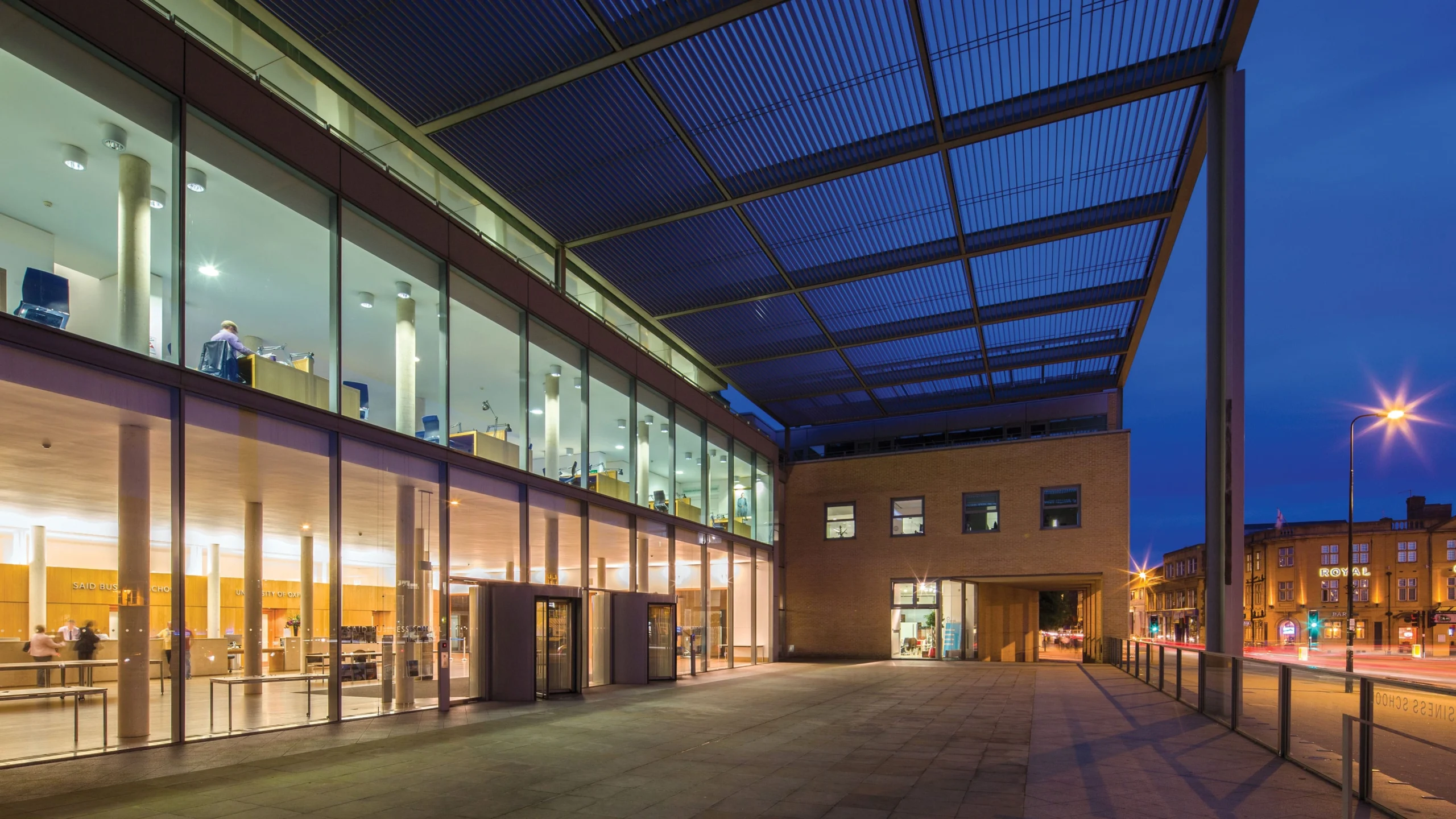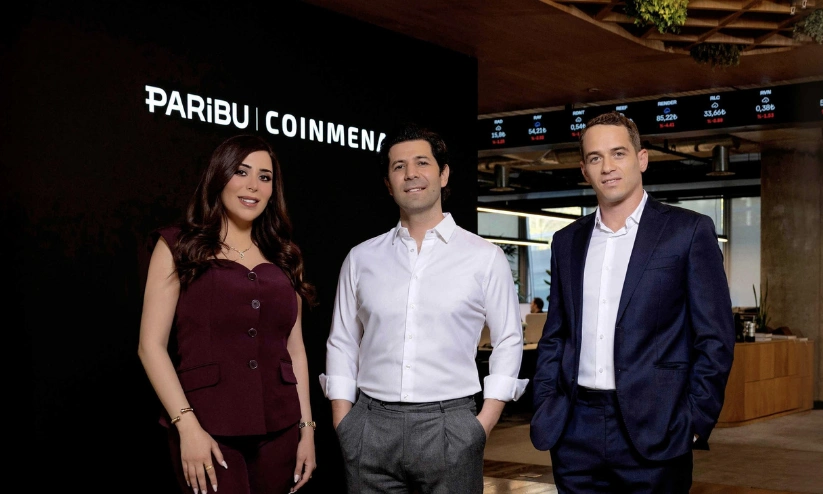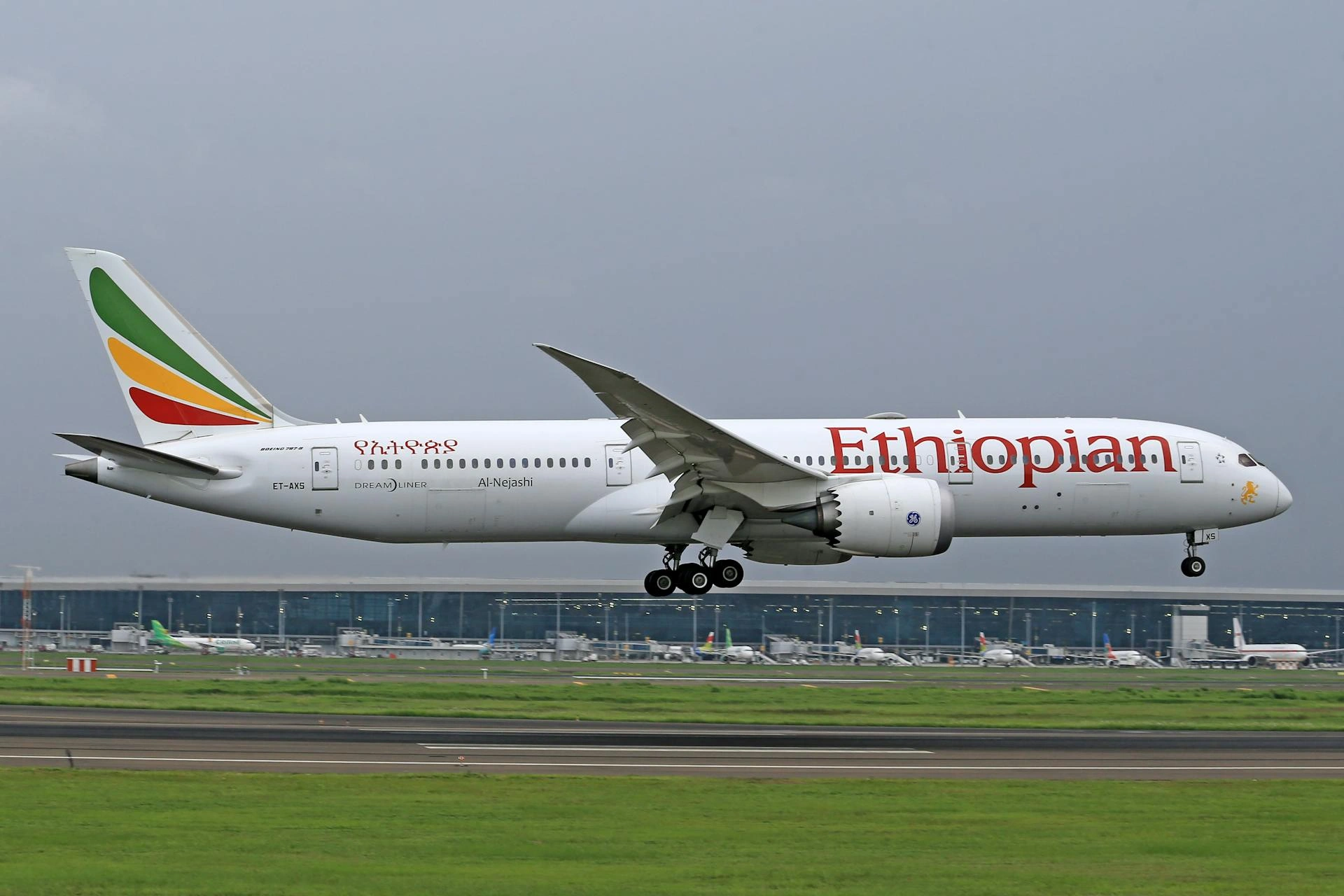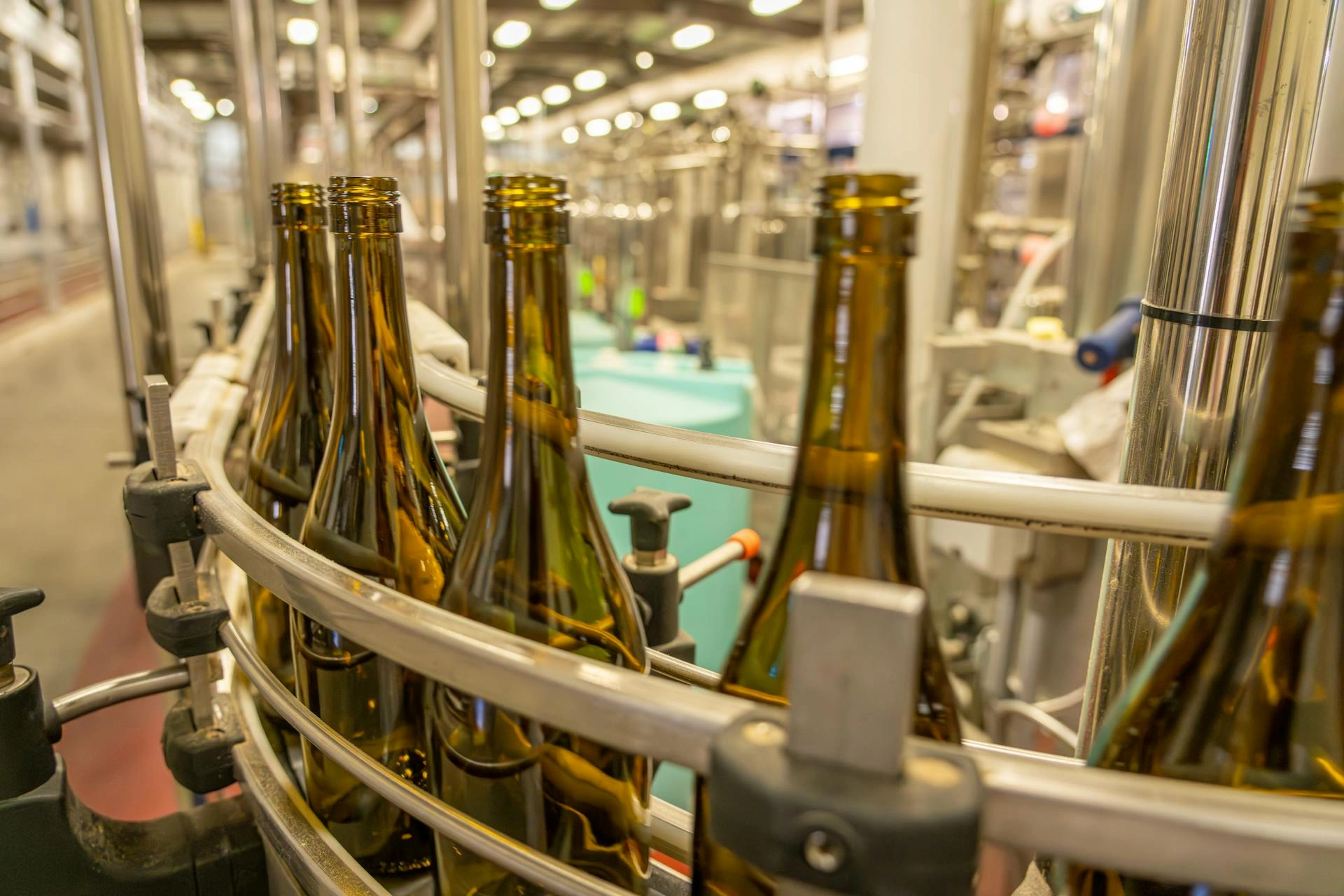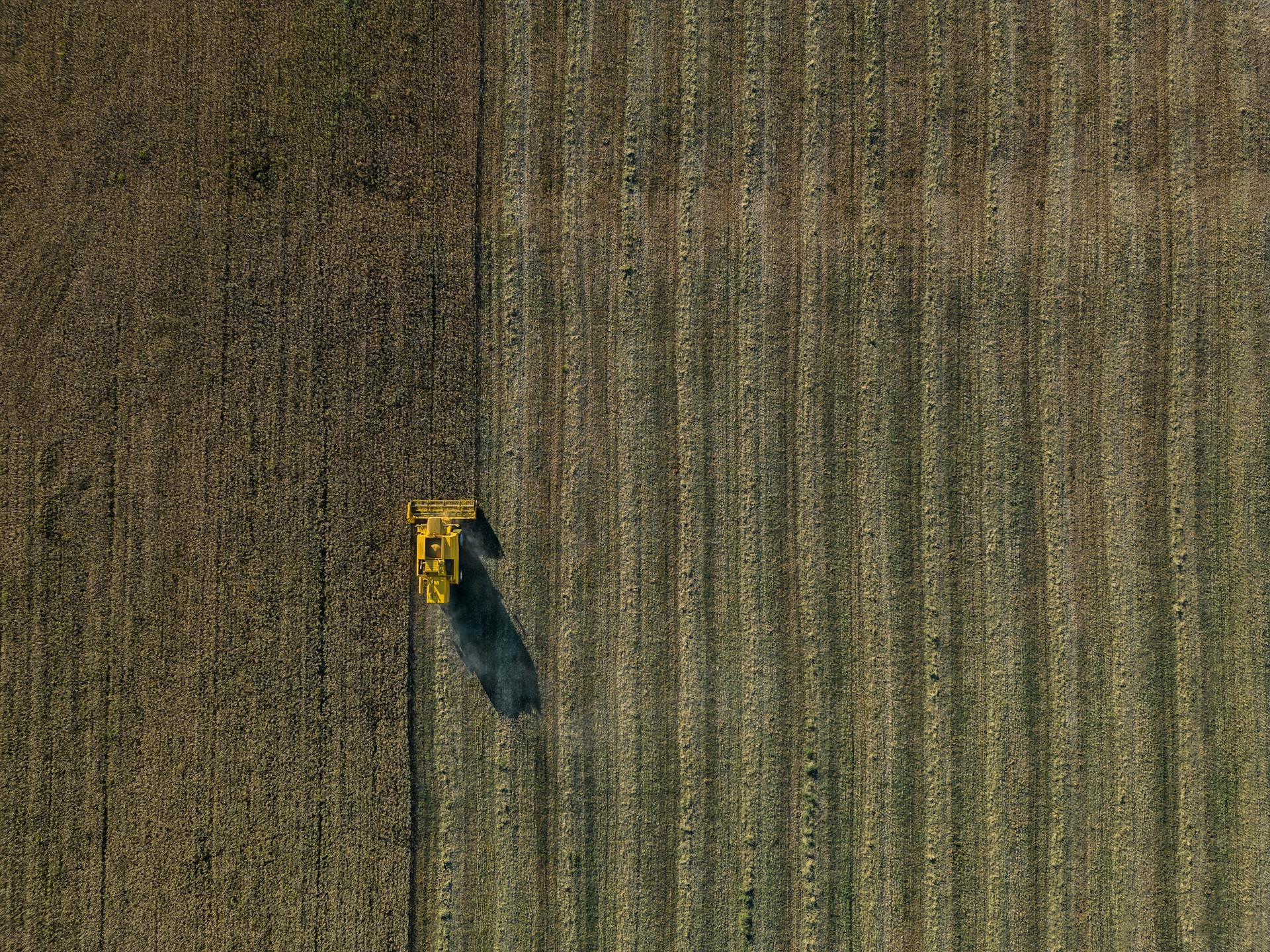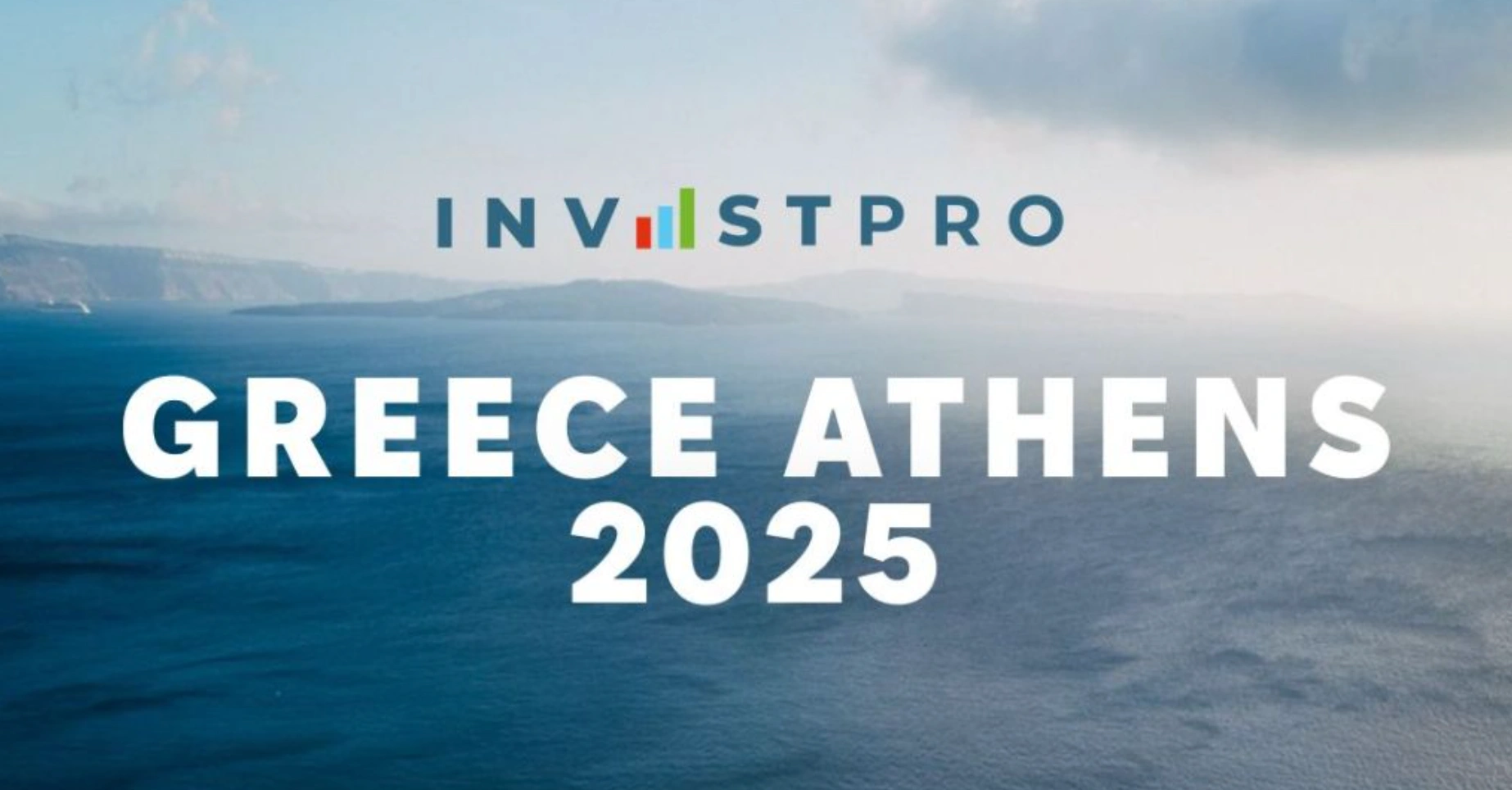We’re on the Moon! Lunar landing ‘paves way for deep space exploration’

John E. Kaye
- Published
- News
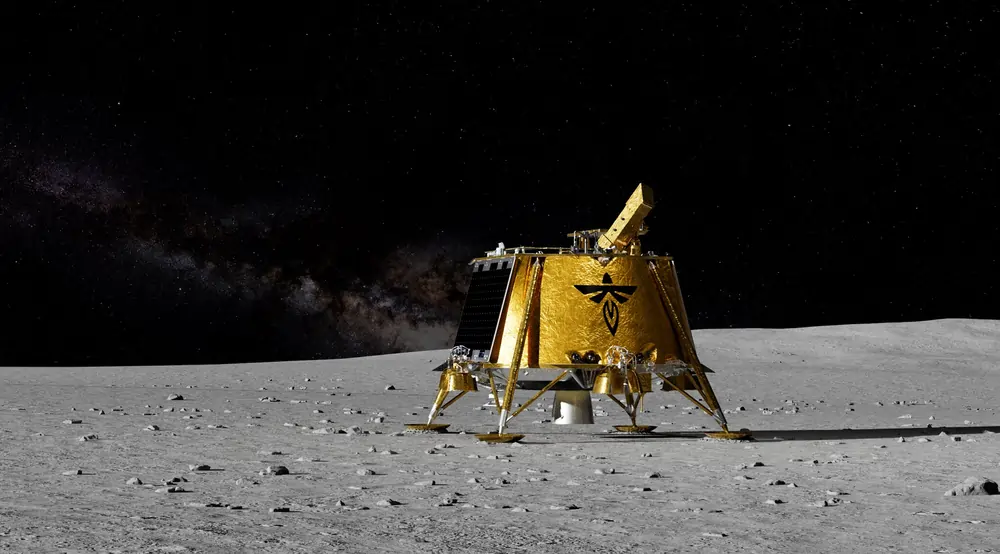
A US company has successfully landed a spacecraft on the moon, paving the way for mankind’s exploration of deep space
Firefly Aerospace’s Blue Ghost touched down at 8.34am UK-time on Sunday on a volcanic plain called Mare Crisium, or The Sea of Crises, near a solitary lunar mountain called Mons Latreille.
The robotic lander autonomously navigated the uneven, pockmarked surface to land within just 100 metres of its target, slowing from thousands of miles an hour to just two.
As it touched down, cheers erupted at mission control in Austin, Texas, after the flight controller announced, “We’re on the moon!”.
The mission, called ‘Ghost Riders in the Sky’, formed part of a $2.6bn Nasa partnership that aims to support its Commercial Lunar Payload Services (CLPS) initiative to return astronauts to the moon.
It launched on 15 January aboard a SpaceX Flacon 9 rocket, obtaining spectacular video footage and pictures of Earth and the moon on its 45-day, 2.8million-mile journey.
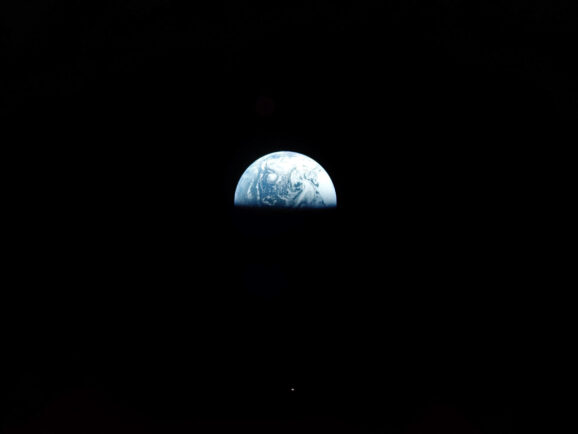
Jason Kim, CEO of Firefly Aerospace, suggested it was now only a matter of time before mankind ventured deeper into space.
“Firefly is literally and figuratively over the Moon,” he said.
“Our Blue Ghost lunar lander now has a permanent home on the lunar surface with 10 NASA payloads and a plaque with every Firefly employee’s name.
“This bold, unstoppable team has proven we’re well equipped to deliver reliable, affordable access to the Moon, and we won’t stop there.
“With annual lunar missions, Firefly is paving the way for a lasting lunar presence that will help unlock access to the rest of the solar system for our nation, our partners, and the world.”
Blue Ghost is the second privately funded craft to land on the moon – but the first to stay upright.
Houston-based Intuitive Machines’ mission – the first since the crewed Apollo 17 mission of 1972 – ended early after its lander toppled over in 2024.
Blue Ghost will now begin surface operations and support several NASA science and technology demonstrations over the next 14 days – equivalent to a full lunar day.
Its tasks include subsurface drilling, sample collection, X-ray imaging, and dust mitigation experiments.
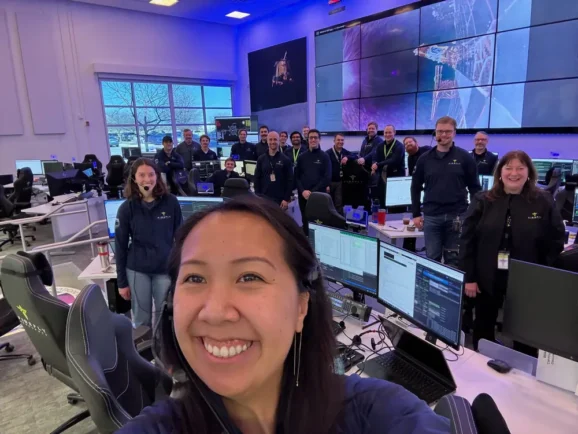
On March 14, it also hopes to capture high-definition imagery of a total eclipse when the Earth blocks the sun above the Moon’s horizon.
And two days later, on March 16, Blue Ghost will film the lunar sunset, providing data on how lunar dust levitates and creates a lunar horizon glow – a scene first documented by the Apollo astronaut Eugene Cernan.
“With the hardest part behind us, Firefly looks forward to completing more than 14 days of surface operations, again raising the bar for commercial cislunar capabilities,” Shea Ferring, Chief Technology Officer at Firefly Aerospace, added.
“Just through its transit to the Moon, Firefly’s mission has already delivered the most science data to date for the NASA CLPS initiative.
“CLPS has played a key role in Firefly’s evolution from a rocket company to a provider of launch, lunar, and on-orbit services from LEO to cislunar and beyond.
“We want to thank NASA for entrusting in the Firefly team, and we look forward to delivering even more science data that supports future human missions to the Moon and Mars.”
Images and video courtesy Firefly Aerospace/SpaceX
Sign up to The European Newsletter
RECENT ARTICLES
-
 UK and South Korea finalise upgraded free trade agreement
UK and South Korea finalise upgraded free trade agreement -
 Trump lawsuit against BBC raises questions over legal pressure on European public broadcasters
Trump lawsuit against BBC raises questions over legal pressure on European public broadcasters -
 UK government sets up Women in Tech taskforce amid gender imbalance concerns
UK government sets up Women in Tech taskforce amid gender imbalance concerns -
 Mycelium breakthrough shows there’s mush-room to grow in greener manufacturing
Mycelium breakthrough shows there’s mush-room to grow in greener manufacturing -
 Marriott strengthens South African portfolio with new Autograph Collection hotel in Cape Town
Marriott strengthens South African portfolio with new Autograph Collection hotel in Cape Town -
 Oxford to host new annual youth climate summit on UN World Environment Day
Oxford to host new annual youth climate summit on UN World Environment Day -
 Countdown to Davos 2026 as Switzerland gears up for the most heated talks in years
Countdown to Davos 2026 as Switzerland gears up for the most heated talks in years -
 Paribu buys CoinMENA in USD 240m deal as regional crypto markets consolidate
Paribu buys CoinMENA in USD 240m deal as regional crypto markets consolidate -
 AI innovation linked to a shrinking share of income for European workers
AI innovation linked to a shrinking share of income for European workers -
 African airspace overhaul set to shorten flight times for European travellers
African airspace overhaul set to shorten flight times for European travellers -
 Exclusive: Global United Nations delegates meet in London as GEDU sets out new cross-network sustainability plan
Exclusive: Global United Nations delegates meet in London as GEDU sets out new cross-network sustainability plan -
 Fast fashion brands ‘greenwash’ shoppers with guilt-easing claims, study warns
Fast fashion brands ‘greenwash’ shoppers with guilt-easing claims, study warns -
 Europe’s shrinking middle class is turning to the radical right, new study suggests
Europe’s shrinking middle class is turning to the radical right, new study suggests -
 Private sector set to overtake government as main driver of corporate sustainability in 2026, report suggests
Private sector set to overtake government as main driver of corporate sustainability in 2026, report suggests -
 Europe emphasises AI governance as North America moves faster towards autonomy, Digitate research shows
Europe emphasises AI governance as North America moves faster towards autonomy, Digitate research shows -
 JPMorgan plans multibillion-pound tower in Canary Wharf
JPMorgan plans multibillion-pound tower in Canary Wharf -
 Strong workplace relationships linked to higher initiative among staff, study finds
Strong workplace relationships linked to higher initiative among staff, study finds -
 Brexit still hitting poorest hardest as food costs rise and mental health worsens
Brexit still hitting poorest hardest as food costs rise and mental health worsens -
 Global crises reshape household food habits, major review finds
Global crises reshape household food habits, major review finds -
 Sir Trevor McDonald honoured at UWI London Benefit Dinner celebrating Caribbean achievement
Sir Trevor McDonald honoured at UWI London Benefit Dinner celebrating Caribbean achievement -
 Adelphi Masterfil acquires Karmelle to bolster UK machinery manufacturing
Adelphi Masterfil acquires Karmelle to bolster UK machinery manufacturing -
 Cost-of-living pressures push London staff to seek practical perks
Cost-of-living pressures push London staff to seek practical perks -
 AI and scent-science firm Arctech expands into agriculture with Rothamsted base
AI and scent-science firm Arctech expands into agriculture with Rothamsted base -
 Malta PM says future growth hinges on stronger higher-education system
Malta PM says future growth hinges on stronger higher-education system -
 Golden visa surge sets the stage for InvestPro Greece 2025
Golden visa surge sets the stage for InvestPro Greece 2025






